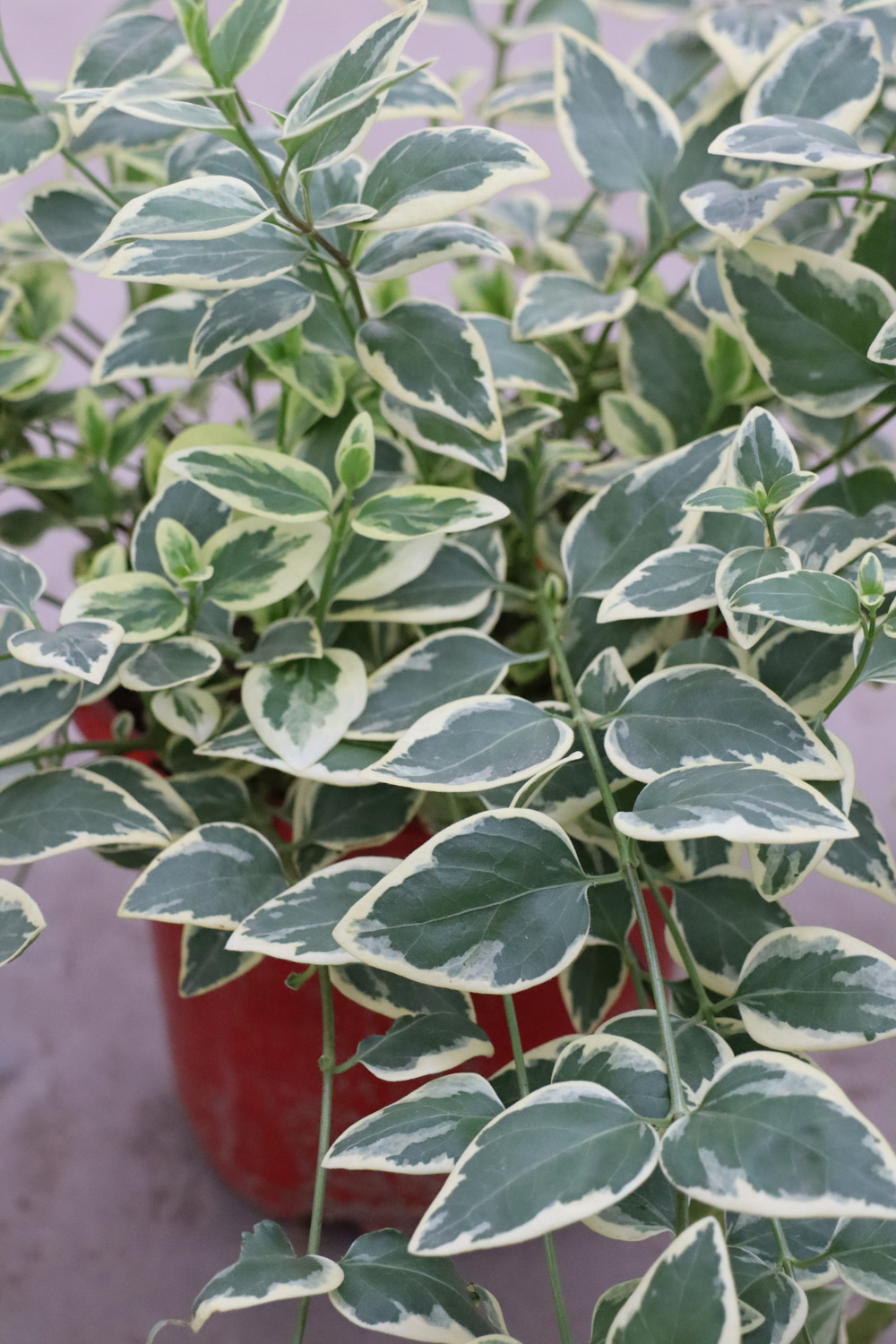1、 Curing method
1. Soil: when potting, the soil made of rotten leaf soil and river sand can be selected. Because of flowers and leaves, Changchun is more suitable for growing in fertile and loose soil
2. Moisture: when Changchun grows vigorously, the color of its branches and leaves will appear dark green and bright, which has a great relationship with maintaining the moisture of the soil. But it should be noted that when it rains, pay attention to draining it to ensure that there is no water in the basin

3. Nutrient: the frequency of fertilization should be controlled at about once every ten days. It is suggested to melt the fertilizer in water and put it in when watering. This can better promote the absorption of flowers, leaves and vines
4. Sunshine: it likes places with plenty of sunshine and good ventilation, but it should also avoid strong light. However, in summer, you should pay attention to proper shading to avoid sunburn

2、 Breeding skills
1. Pruning: when the branches in Changchun are damaged, rotten and deformed, they need to be pruned. The pruned branches, stems and leaves can be placed in the flower pot and can be used as fertilizer and nutrients to make them absorb
2. Propagation: vines of flowers and leaves are usually propagated in separate plants. You only need to trim the old branches and leaves, and then dig out the plants and plant them separately. After planting separately, you can irrigate and fertilize them. You must irrigate them thoroughly during irrigation

3、 Diagnosis and treatment problems
1. Diseases: Fusarium Wilt and leaf spot are common diseases of flowering and leaf vine in Changchun. After getting sick, you can spray the same amount of Bordeaux liquid for treatment
2. Scale insects: scale insects are common pests. They can be sprayed with imithion emulsion mixed with water

4、 Other issues
1. How to spend the winter: when it comes to winter, it should be moved into the house for management. The warm environment can make the flowers and leaves in Changchun evergreen all the year round
2. Whether it can be placed indoors: it can be placed indoors for breeding. It is evergreen all the year round and has strong adaptability. It is very suitable for ornamental plants


 jackfruit
jackfruit snake plant
snake plant hibiscus
hibiscus hydrangea
hydrangea lavender
lavender Green roses climb al...
Green roses climb al... If you don't pay att...
If you don't pay att... Management of four g...
Management of four g...
































